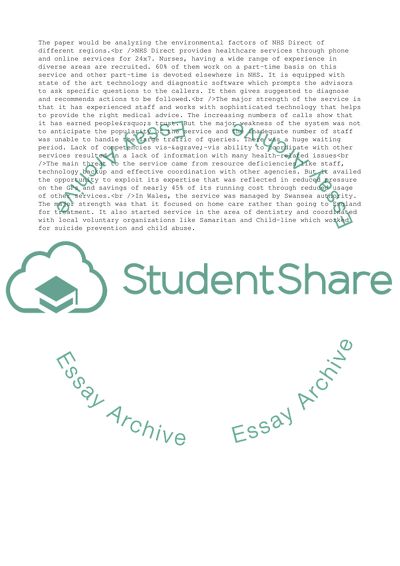Cite this document
(NHS Direct Initiative Case Study Example | Topics and Well Written Essays - 2000 words - 2, n.d.)
NHS Direct Initiative Case Study Example | Topics and Well Written Essays - 2000 words - 2. https://studentshare.org/business/1738406-corporate-strategy
NHS Direct Initiative Case Study Example | Topics and Well Written Essays - 2000 words - 2. https://studentshare.org/business/1738406-corporate-strategy
(NHS Direct Initiative Case Study Example | Topics and Well Written Essays - 2000 Words - 2)
NHS Direct Initiative Case Study Example | Topics and Well Written Essays - 2000 Words - 2. https://studentshare.org/business/1738406-corporate-strategy.
NHS Direct Initiative Case Study Example | Topics and Well Written Essays - 2000 Words - 2. https://studentshare.org/business/1738406-corporate-strategy.
“NHS Direct Initiative Case Study Example | Topics and Well Written Essays - 2000 Words - 2”. https://studentshare.org/business/1738406-corporate-strategy.


